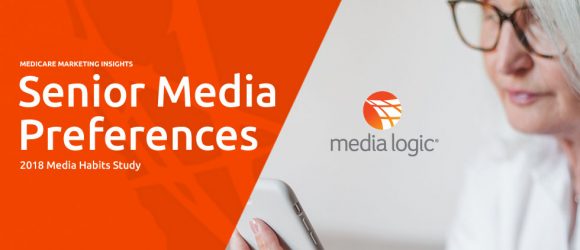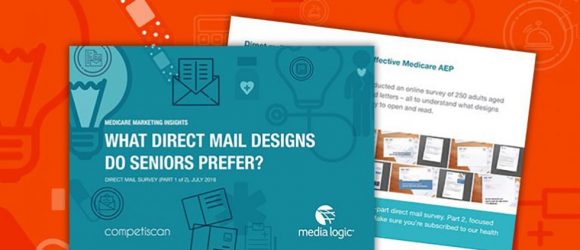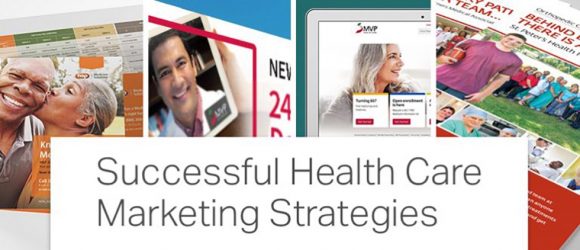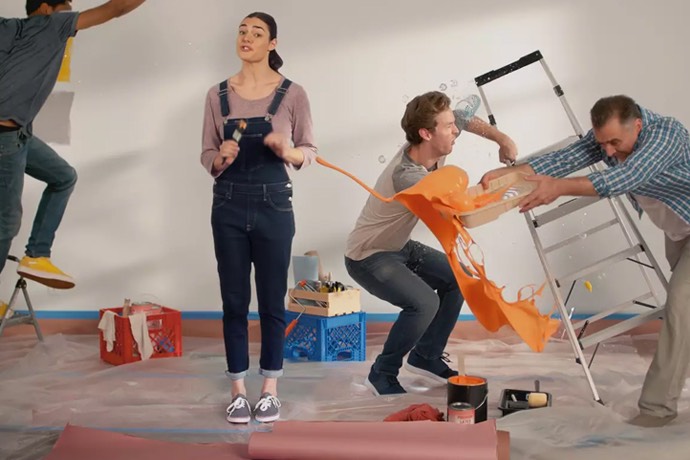3 Insights for Effectively Marketing to Seniors
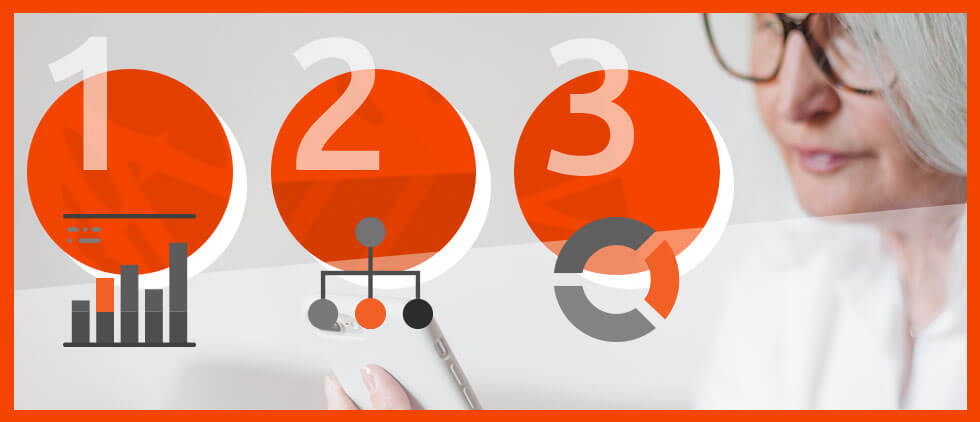
Our recently-released 2018 Senior Media Habits Study revealed that senior media habits are not only evolving, but are diverse. With this in mind, how can Medicare marketers develop an integrated marketing strategy to capture an audience with such varied preferences? Based on responses to our survey, we recognized opportunities to effectively reach this segment, and we have a few insights that can help.
See why Media Logic is the go-to-agencyfor Medicare marketing.
Multichannel marketing works best.
Our study uncovered notable trends that emphasize the need for both traditional and new media tactics when targeting the 65+ group. From television and radio to Spotify and Facebook, seniors are turning to a multitude of platforms for news and entertainment.
- On a typical day, the majority of seniors spend their media time using the internet followed by watching television.
- 34% of seniors read at least one magazine per day.
- 87% of seniors access social media daily. Of those, 93% access Facebook every day.
- 25% of seniors use a radio streaming service like Pandora, and more than 25% are also using TV streaming.
With such a mix of behaviors and preferences, a thoughtful media approach is essential. As seniors become more tech-savvy and traditional platforms (such as radio and television) become more fragmented, marketers must identify how media channels can, and should, complement each other.
Findings from Deft Research’s Medicare Shopping and Switching Study confirm the advantages of “assembling the right media mix.” Their research shows that TV advertising and direct mail are most likely to convince seniors to begin “shopping” for a different plan. When prompted by direct mail, nearly twice as many consumers visited a website versus calling a phone number that was listed on a piece of direct mail. Because of this behavior, Deft urges marketers to create a “strong” digital experience as part of the overall marketing effort.
Ensure digital messages are clear and concise.
With 87% of seniors using social media and 94% accessing the internet daily, incorporating digital channels into the mix is a near necessity for Medicare marketers. However, when developing effective messaging for these platforms, marketers should consider how seniors view and absorb online information.
Seniors “grew up in a world where a phone call was the most expeditious and secure way of transmitting information,” notes a Media Post columnist. The shift to everything-digital comes with an influx of content which can be overwhelming. A Forbes columnist adds, “unlike marketing to younger audiences, older adults aren’t drawn in by trendy jargon, slang or internet acronyms” and “want information that is clear, honest and concise and makes them feel valued as people.” They seek, and connect with, content that is relatable, easy-to-digest and educational. Because they are used to engaging over the phone, try to adapt a conversational (but informative) tone in your digital communication. The parameters of the digital landscape can be challenging, but still marketers should determine how to adjust their message.
Not surprisingly, videos and imagery have the biggest impact among Baby Boomers and seniors. Nearly 54% of those surveyed watch online video compared to 65% of the general population, according to a Google and Ipsos study. Entertainment and utility (including staying up-to-date on news and seeing demonstrations) are the top motivators for watching online videos. Most importantly, they found that “3 in 4 online video watchers have taken action as a result of online video.” Healthcare marketers should consider these statistics to help optimize Medicare marketing channel selection, targeting and budget.
Seniors aren’t a “one size fits all” deal.
Lastly, our Senior Media Habits Study reveals key differentiators between younger and older seniors that should be accounted for when marketing to this audience. Younger seniors are almost evenly split between reading both print and digital editions of the newspaper, while older seniors prefer reading print papers. This trend is further supported by Pew Research that reports “older adults face some unique barriers to adopting new technologies – from a lack of confidence in using new technologies, to physical challenges manipulating various devices.” Our survey results illustrate differences based on age within the 65+ population, but marketers can also consider factors such as age, demographics and behavioral patterns in order to deliver tailored content.
Roughly 10,000 Baby Boomers are entering the senior segment daily, according to Pew Research. This trend will continue for another decade. Age-in marketers should take particular note as younger Baby Boomers will bring a more in-depth knowledge of technology. The good news is that, based on our study, evolving senior media habits will provide marketers with ample opportunity to reach this audience with the right message. It’s our job as healthcare marketers to keep our eye on the ever-changing habits and preferences of this key demographics.
If you’d like to learn more about how Media Logic can help plan your Medicare AEP marketing or New-to-Medicare marketing campaigns and strategies – let’s have a conversation! Contact Jim McDonald, Head of Strategic Growth at 518-940-4882.
Also, in case you missed it – take a look at all of the insights from our 2018 Senior Media Habits Study.





